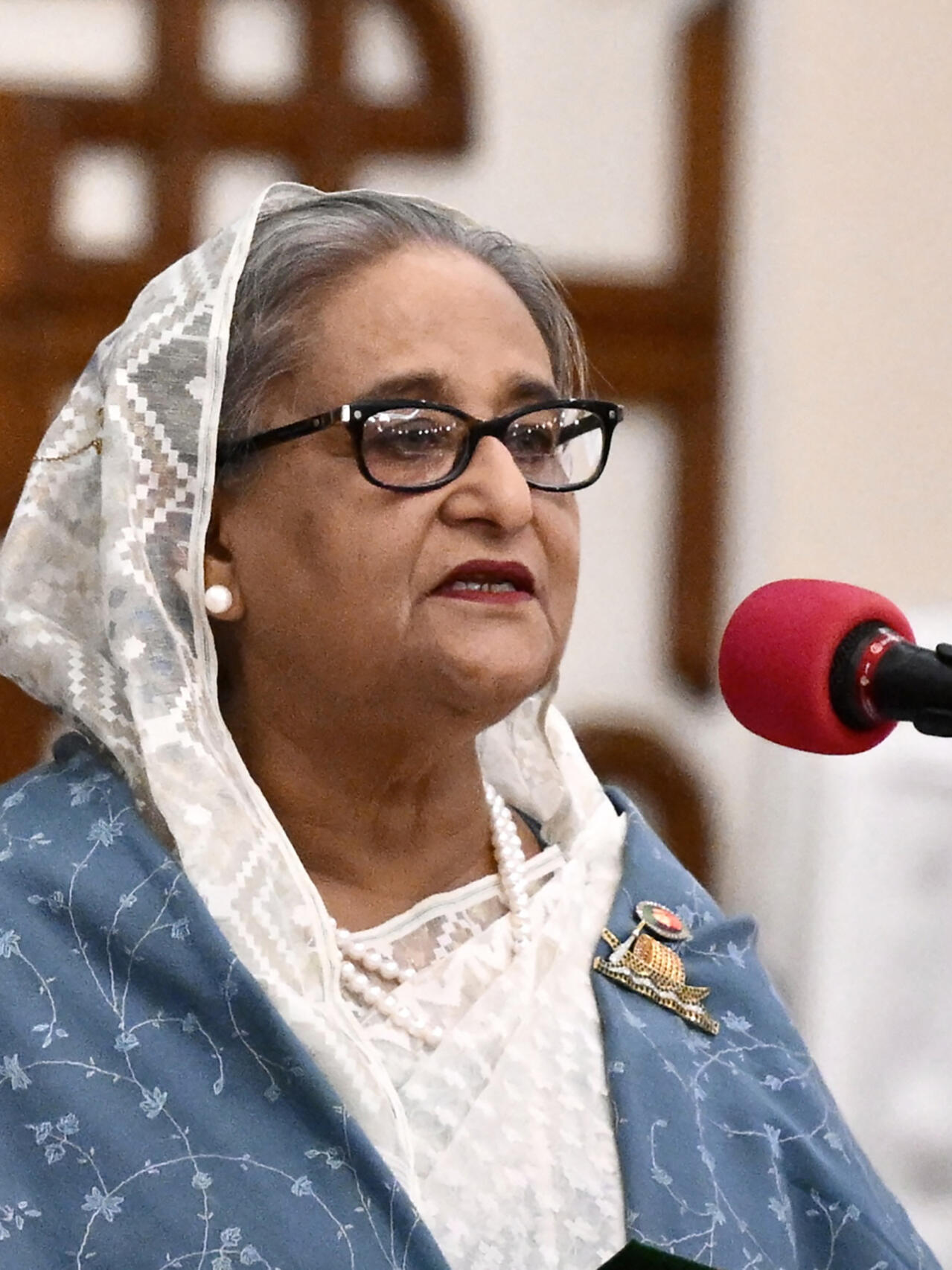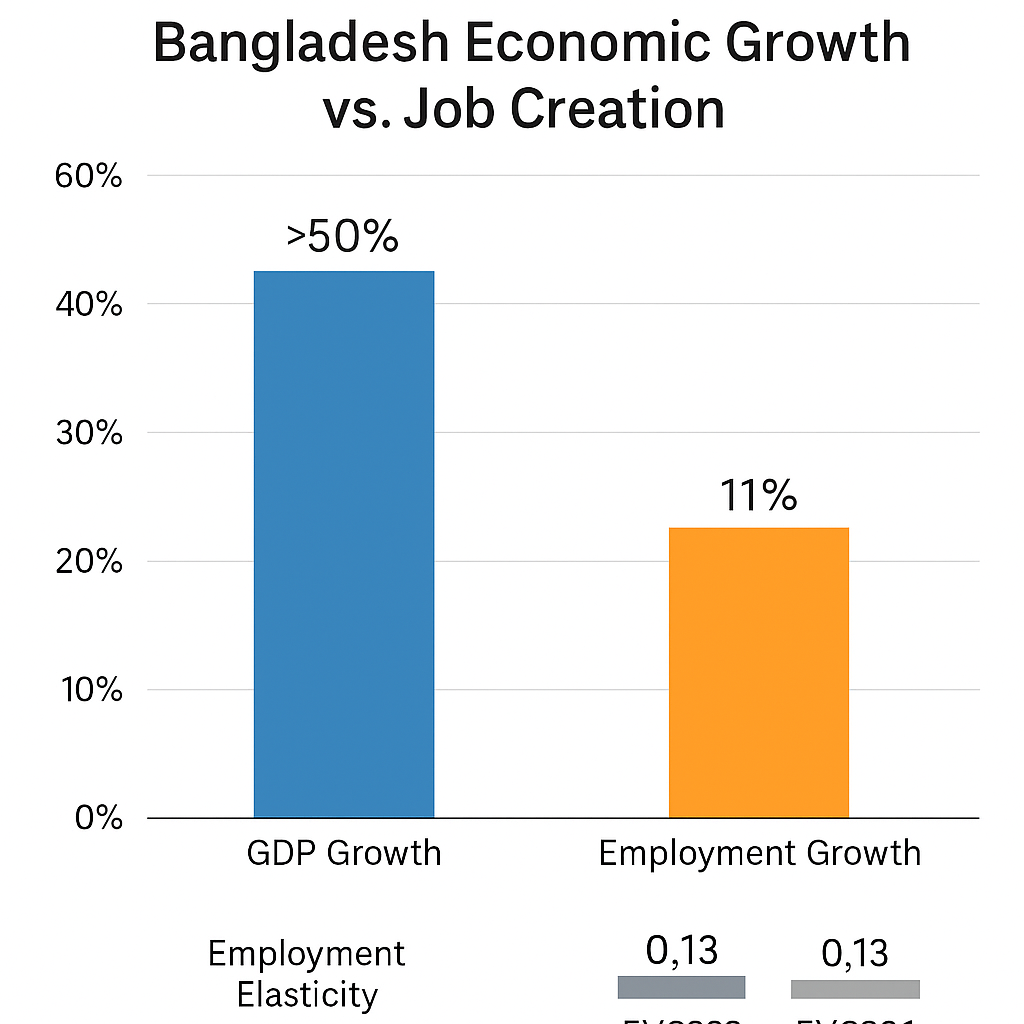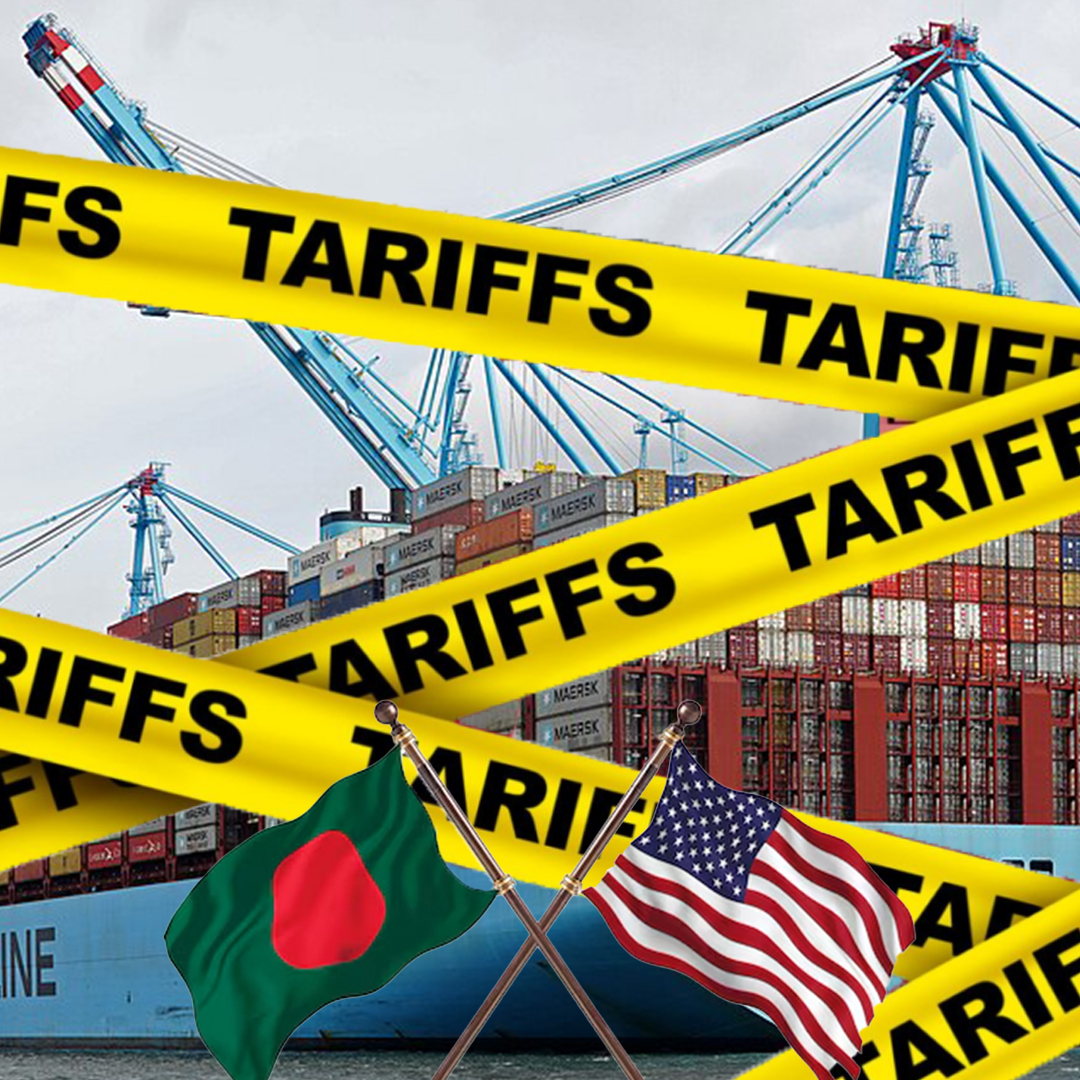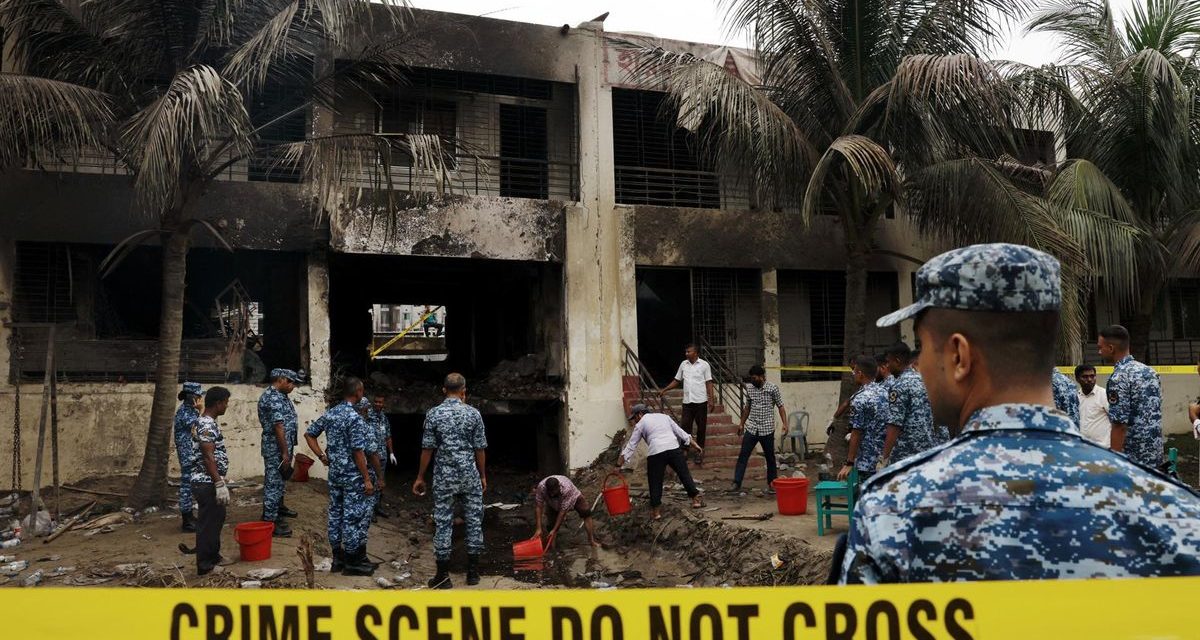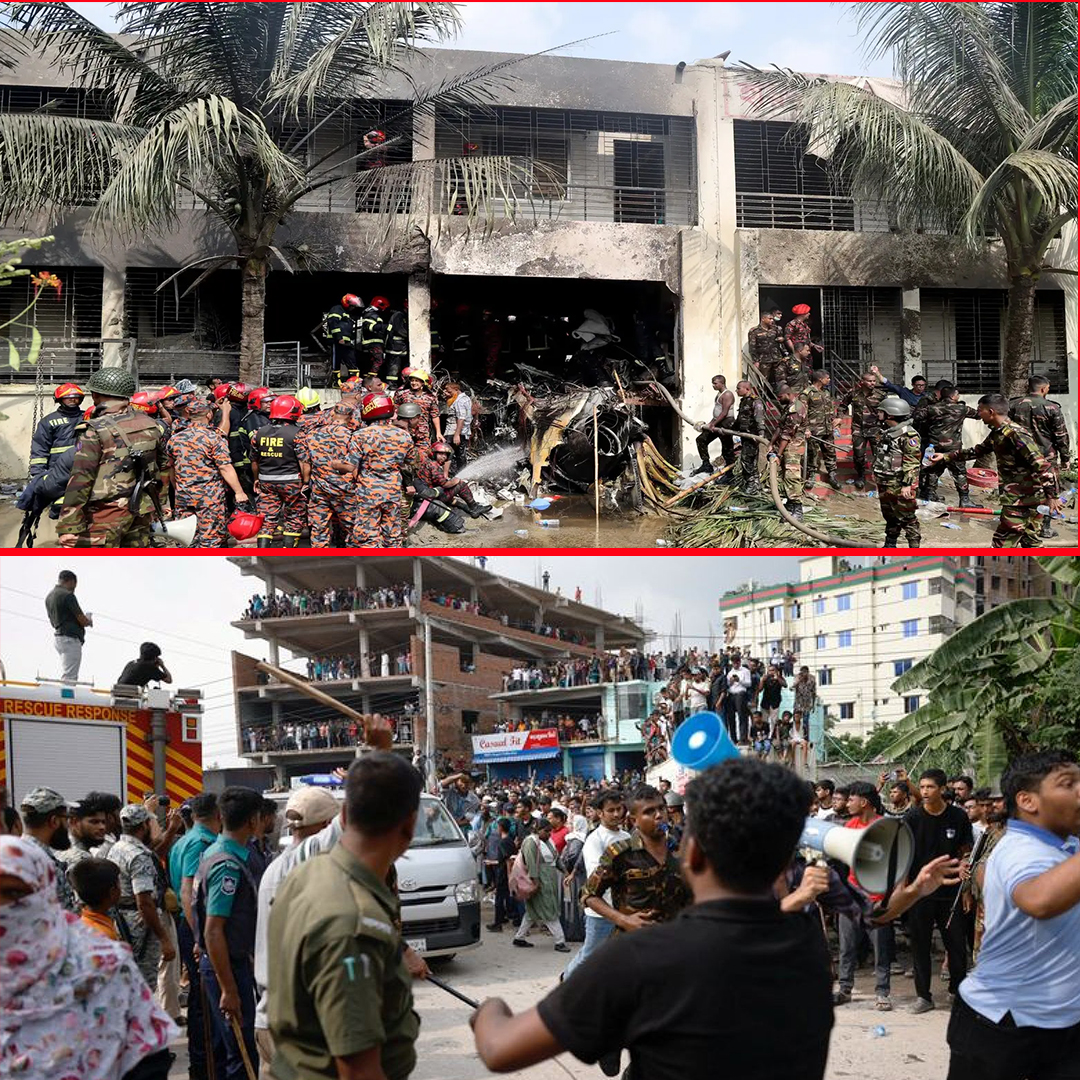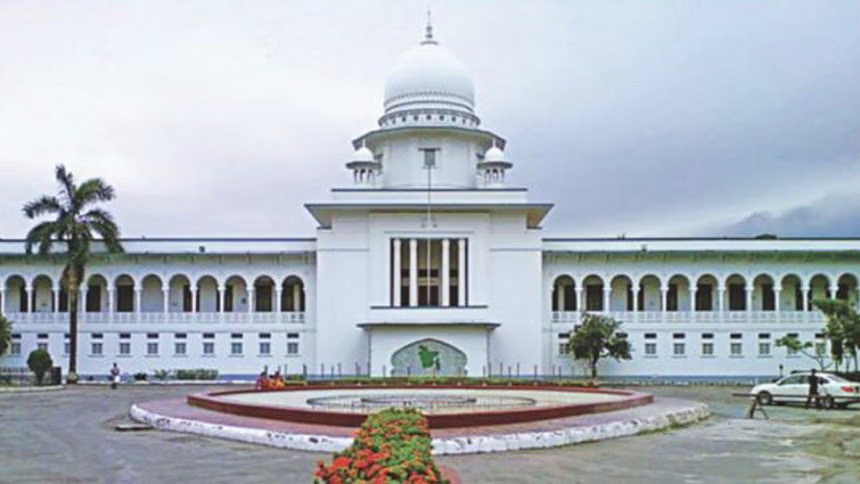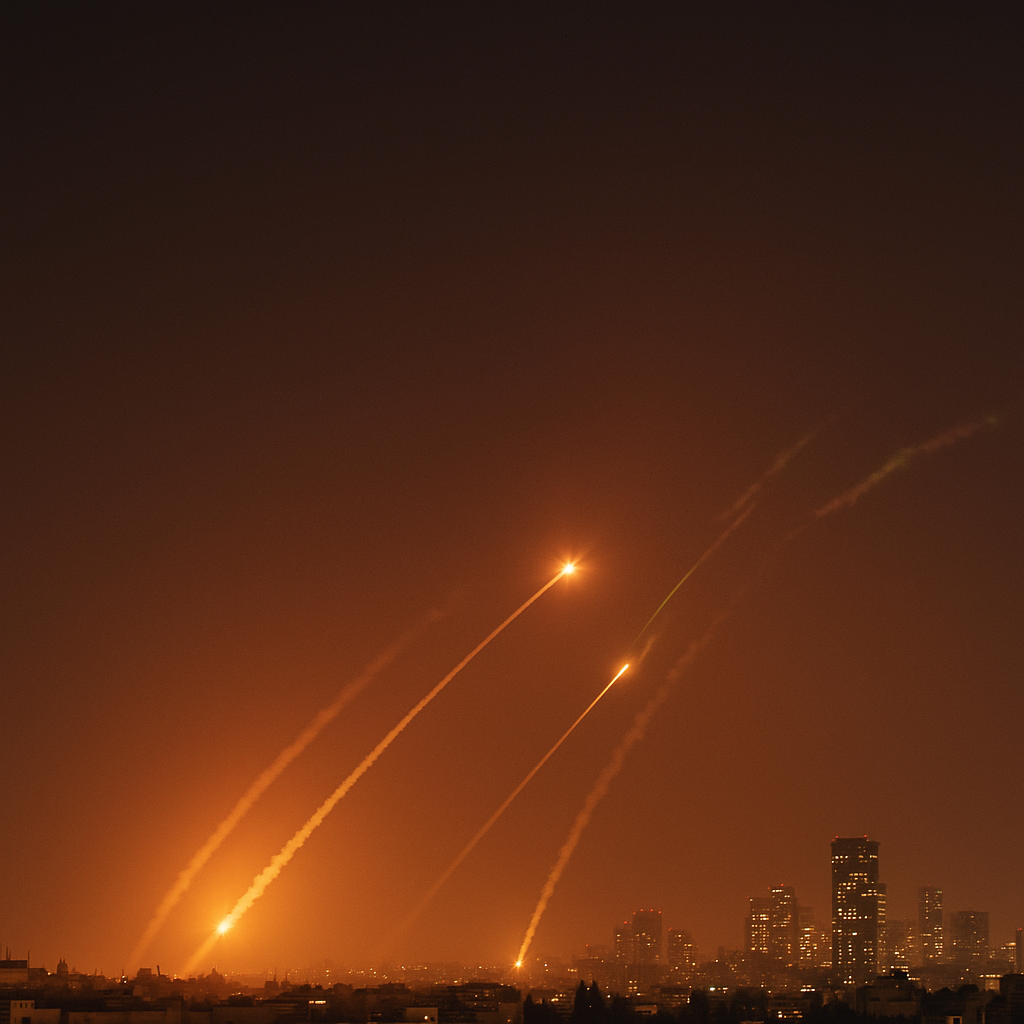
Over 90 missiles launched in “True Promise 3” salvo after “Operation Rising Lion” targets Iran’s Natanz, Fordow facilities and IRGC commanders—dozens wounded as Iron Dome and U.S. interceptors scramble defenses.
On June 13, 2025, Iran mounted its most significant direct attack on Israeli territory to date, firing two waves of ballistic missiles toward Jerusalem and Tel Aviv in retaliation for Israel’s unprecedented air and drone campaign against Iranian nuclear and military sites earlier that day. The retaliatory operation—codenamed “True Promise 3” by Tehran—followed “Operation Rising Lion,” in which Israeli forces struck over 100 targets across Iran, including the Natanz and Fordow enrichment facilities and the private residences of senior Islamic Revolutionary Guard Corps (IRGC) commanders. Iran claimed to have launched around 150 missiles, while Israel estimated the number at fewer than 100 .
Israel’s strikes commenced in the pre–dawn hours of June 13, with more than 200 Israeli aircraft and drones dropping over 330 munitions on key nuclear installations and IRGC command centers. According to Iran’s Fars News Agency and corroborated by Western intelligence, approximately 90 Iranians were killed and over 320 injured, including several high‑ranking commanders such as Major‑General Mohammad Bagheri and IRGC Aerospace Force leader Amir Ali Hajizadeh. The above‑ground enrichment plant at Natanz was rendered inoperable, and Iran’s air defense network suffered extensive damage due to covert Mossad operations that disabled radar and missile‑launch sites in Tehran .
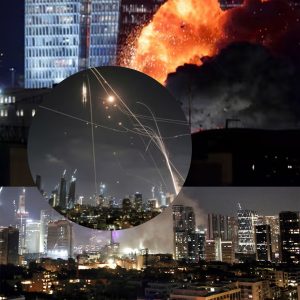
Within hours, Iran’s Revolutionary Guards mobilized its ballistic missile divisions and launched multiple salvoes targeting Israel’s political and economic heartland. The first wave struck during evening rush hour, triggering air‑raid sirens across both Jerusalem and Tel Aviv. Israeli authorities reported that most incoming missiles were intercepted by the Iron Dome system and U.S.–supplied ground‑based interceptors, which were deployed for the first time on Israeli soil. Despite these defenses, several projectiles and resulting shrapnel impacted civilian areas: a residential block in Ramat Gan sustained structural damage, while fragments struck a commercial high‑rise in central Tel Aviv. Official tallies recorded 34 wounded in Tel Aviv and an additional 22 injured in Jerusalem, with at least two cases classified as serious .
The Israeli public, while shaken by the overnight barrage, largely maintained composure due to routine air‑raid drills dating back to earlier Gaza conflicts. “You hear the sirens, you run to a shelter—that’s our life now,” one Tel Aviv resident told Reuters, reflecting a mixture of resignation and resolve among civilians. Hospitals in both cities activated emergency protocols; the Israel Fire and Rescue Services reported rescuing two individuals trapped in a collapsing apartment stairwell. Schools and businesses remained closed through the weekend as authorities assessed structural safety and cleared debris.
Prime Minister Benjamin Netanyahu addressed the nation shortly after the attacks, stating that “Israel will continue its operations for as many days as necessary to eliminate the existential threat posed by Iran’s nuclear ambitions,” and accused Tehran of “relentlessly seeking weapons of mass destruction” . In Tehran, Supreme Leader Ayatollah Ali Khamenei lauded the missile strikes as a demonstration of “Iran’s readiness to defend its sovereignty,” warning that “the gates of hell will open” if further aggression continues. Iran also pointedly held the United States responsible for what it described as “blatant violations” of international law, citing Washington’s intelligence support to Israeli operations.
The United States, while publicly distancing itself from direct engagement, acknowledged that American radar data and interceptor coordination aided Israel’s defensive response. President Donald Trump, speaking from the White House, urged both sides to de‑escalate and expressed readiness to resume nuclear negotiations should Iran return to compliance with the 2015 Joint Comprehensive Plan of Action . Washington simultaneously moved an additional destroyer to the eastern Mediterranean as a deterrent against broader regional spill‑over.
Global markets reacted sharply; the Brent crude benchmark spiked over 3 percent on fears of supply disruptions, while stock indexes in Europe and Asia dipped as investors sought safe‑haven assets . At the United Nations, Secretary‑General António Guterres convened an emergency Security Council session, calling for “immediate cessation of hostilities” and urging all parties to “return to diplomacy before miscalculation leads to all‑out war.” The European Union and Gulf Cooperation Council issued parallel statements, supporting de‑escalation and offering to mediate .
Regional actors expressed both concern and opportunity: Turkey and Oman volunteered to host talks, while proxy groups such as Hezbollah and the Houthis publicly endorsed Iran’s actions but refrained from opening new fronts. In Yemen, Houthi forces launched a ballistic missile toward Jerusalem that landed near Hebron, wounding five Palestinians, indicating Tehran’s wider network of influence .
The twin strikes underscore a perilous new phase in the 2024–25 Iran–Israel conflict, with both nations demonstrating capacity and will for direct confrontation. Analysts warn that without robust diplomatic intervention, each side’s perceived need to show strength may lock the region into a cycle of tit‑for‑tat escalation. The U.N. nuclear watchdog, the IAEA, has expressed alarm over the destruction at Natanz and the potential for further erosion of the global non‑proliferation regime.
As debris settles over both capitals, the human and political toll continues to mount: civilian lives upended, diplomatic norms strained, and a broader Middle Eastern crisis deepens. Whether global leaders can temper the spiral remains uncertain, but June 13, 2025, will long be remembered as the day the Iran–Israel conflict crossed a threshold, bringing missiles to the doorsteps of Jerusalem and Tel Aviv.

